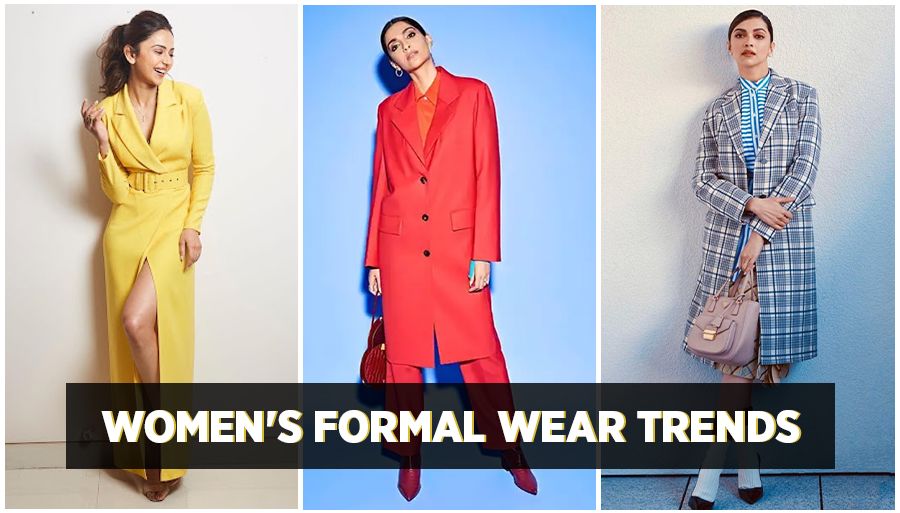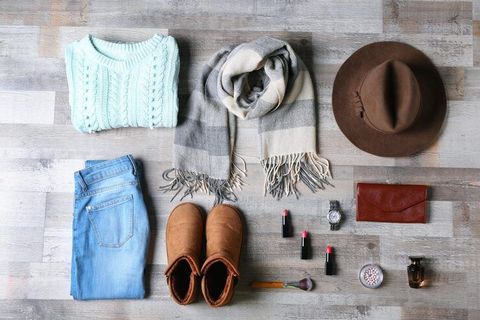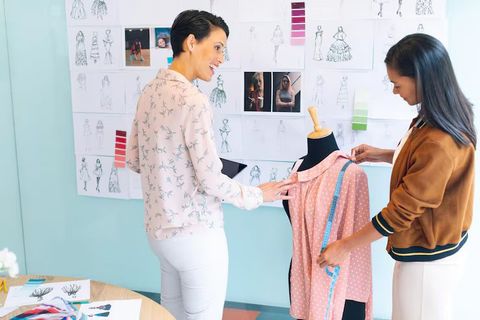Learn About Women’s Formal Wear: An Informative Guide with Fashion Facts and Resources
Women’s formal wear represents elegance, confidence, and professional sophistication. It includes a range of clothing styles suitable for official events, corporate meetings, evening functions, and ceremonies. From tailored suits and dresses to coordinated accessories, formal wear showcases a balance between style and decorum.
Historically, women’s formal clothing evolved alongside social and workplace changes. What began as restrictive attire during the early 20th century transformed into modern power dressing with options like pant suits, midi dresses, and structured blazers. Today, the focus has shifted toward comfort, inclusivity, and sustainable fashion without compromising on elegance.
Formal wear continues to define how women express authority and identity in professional and social spaces. Whether in business, academia, or cultural events, choosing the right outfit reflects both professionalism and personal style.
Why Women’s Formal Wear Matters Today
Women’s formal wear plays a vital role in personal presentation, workplace culture, and self-expression. Dressing appropriately can influence first impressions, confidence levels, and perceived competence.
Key reasons it matters today include:
- Professional Identity: Clothing choices often communicate professionalism and readiness, especially in corporate environments.
- Equality and Representation: The evolution of women’s formal attire reflects broader movements toward gender equality in the workplace.
- Sustainability Awareness: Consumers are increasingly choosing ethically produced formal clothing to reduce environmental impact.
- Globalization and Diversity: Fashion houses now design with diverse body types, cultural influences, and occasions in mind, offering global appeal.
With hybrid work models and virtual meetings, formal wear has also adapted. Many prefer “smart casual” or “business formal” hybrids, combining comfort with authority.
Recent Trends and Updates in Women’s Formal Wear
The past few years have brought significant transformation in formal fashion. The global shift to remote work and renewed interest in sustainability have shaped design preferences and consumer expectations.
Recent trends include:
- Sustainable Fabrics: Eco-friendly materials like organic cotton, bamboo blends, and recycled polyester are gaining prominence (2024–2025).
- Versatile Designs: Women seek multipurpose outfits that transition smoothly from office hours to social events.
- Neutral and Earth Tones: Minimalist aesthetics dominate collections by top brands in 2024, emphasizing beige, grey, navy, and olive tones.
- Gender-Neutral Influence: Designers are blending traditional masculine tailoring with feminine detailing.
- Cultural Adaptations: Traditional styles like sarees, hanboks, and kaftans are being integrated into formal wear lines for cultural representation.
| Trend | Description | Popular Year |
|---|---|---|
| Power Suits | Structured blazers with soft silhouettes | 2023–2025 |
| Sustainable Materials | Recycled and organic fabrics | 2024–2025 |
| Digital Tailoring | Online fitting and AI-based design | 2025 |
| Comfort Formal | Stretch-fit trousers and soft blouses | 2024–2025 |
Fashion forecasting platforms also report that minimalist luxury and “quiet elegance” are redefining the women’s formal wear segment. This direction emphasizes refined tailoring and high-quality materials over loud branding.
Policies and Regulations Affecting Women’s Formal Wear
While fashion itself isn’t heavily regulated, several laws and industry standards indirectly shape the women’s formal wear sector.
Key areas of influence include:
- Textile and Labor Regulations: Countries such as India, the U.S., and EU members enforce ethical labor laws and sustainable textile policies to ensure fair production practices.
- Labeling Standards: Many regions mandate transparent labeling, including material composition and care instructions.
- Environmental Policies: Programs like the EU’s Circular Economy Action Plan (2024) encourage brands to adopt recycling and waste reduction in fashion production.
- Workplace Dress Codes: In some countries, organizations set gender-neutral dress code policies to promote equality.
- Trade and Import Regulations: Tariffs and import restrictions influence the accessibility of luxury and designer formal wear in certain markets.
These frameworks collectively encourage responsible production and gender-inclusive fashion choices, promoting fairness across the supply chain.
Helpful Tools and Resources
Learning more about women’s formal wear can be easier with the right online resources, digital tools, and fashion communities.
Recommended platforms and tools:
- Vogue Runway: Offers fashion show archives and trend analysis.
- Pinterest & Lookbook: Ideal for visual outfit inspiration and styling ideas.
- Fashion Revolution: Promotes ethical clothing and brand transparency.
- Textile Exchange Database: Helps identify sustainable materials and suppliers.
- AI Styling Tools: Virtual fitting apps and AI-assisted outfit planners like Fashwell or Vue.ai personalize clothing recommendations.
Educational resources:
- Online fashion courses by Coursera or FutureLearn (topics include textile science and professional dressing).
- Research journals like Fashion Theory and International Journal of Clothing Science and Technology for in-depth insights.
| Resource Type | Platform Name | Use |
|---|---|---|
| Trend Tracking | Vogue Runway | View current formal fashion trends |
| Ethical Fashion | Fashion Revolution | Learn about sustainability efforts |
| Visual Inspiration | Explore outfit combinations | |
| Fabric Knowledge | Textile Exchange | Discover material data |
| Styling Assistance | AI Outfit Planners | Get personalized outfit guidance |
These tools help individuals make informed decisions while encouraging sustainable and inclusive fashion choices.
Frequently Asked Questions
1. What defines women’s formal wear today?
Women’s formal wear generally includes structured dresses, suits, blazers, and formal blouses made from high-quality materials. The focus is on polished presentation suitable for business or ceremonial events.
2. How has sustainability influenced formal fashion?
Sustainability has led designers to adopt organic fabrics, transparent supply chains, and recycling initiatives, transforming how formal wear is produced and purchased.
3. Are traditional attires still considered formal wear?
Yes, in many cultures traditional dresses like sarees, hanboks, or cheongsams are recognized as formal wear, especially in official or ceremonial settings.
4. What colors are most suitable for formal occasions?
Neutral shades black, white, navy, beige, and grey are timeless choices. However, soft pastels and earthy hues are also trending in 2025 collections.
5. How to choose the right formal wear for your body type?
Select silhouettes that enhance natural proportions. Tailored blazers define structure, A-line dresses add balance, and monochrome tones elongate appearance. Trying different fits is key to confidence and comfort.
Conclusion
Women’s formal wear continues to evolve as a reflection of professionalism, creativity, and individuality. The modern era emphasizes not just how clothing looks but how it aligns with sustainability, equality, and cultural identity.
With digital innovation, gender-neutral designs, and ethical sourcing shaping current trends, formal fashion is becoming more accessible and meaningful. By understanding the fundamentals, exploring credible resources, and staying aware of new developments, anyone can make confident and informed clothing choices for formal occasions.
Women’s formal wear is not just attire it’s an expression of self-assured identity in an ever-changing world of work, culture, and fashion.





